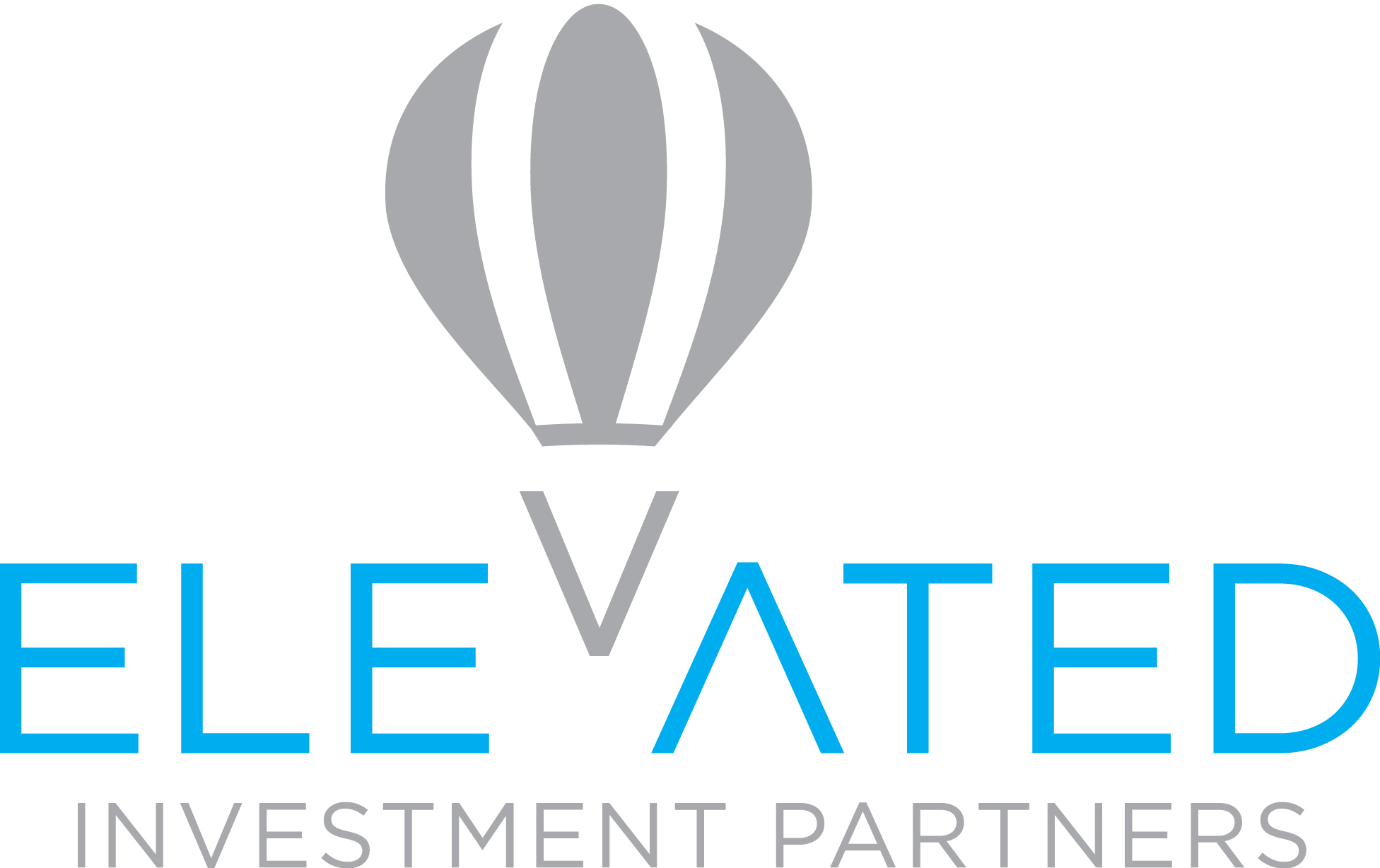 We often talk about how the differences among millennials, Gen Xers and baby boomers, such as how to manage them differently, their different motivations and how to communicate differently. It’s easy to overlook common threads as they emerge. A surprising — and rather unfortunate — example is the continuous increase of college loan debt and the stress it can put on employees. Over the past ten years, college tuition for both private and public schools has increased at a faster rate than average household income. Now add in other expenses like increasing healthcare costs, and it’s no wonder college loan debt is skyrocketing!
We often talk about how the differences among millennials, Gen Xers and baby boomers, such as how to manage them differently, their different motivations and how to communicate differently. It’s easy to overlook common threads as they emerge. A surprising — and rather unfortunate — example is the continuous increase of college loan debt and the stress it can put on employees. Over the past ten years, college tuition for both private and public schools has increased at a faster rate than average household income. Now add in other expenses like increasing healthcare costs, and it’s no wonder college loan debt is skyrocketing!
It’s a diverse student body. People often incorrectly associate this debt problem with millennials, but it’s becoming much more pervasive. For example, in 1992, 85% of families with student loan debt were those with a head younger than 45 years old. By 2016, this percentage had fallen to 66.7%. In its place, families with heads aged 45–54 showed significant growth in the share of those with student loan debt, increasing from 8.9% in 1992 to 19.5% in 2016. The reality is, this trend shows no signs of slowing. As the number of individuals receiving undergraduate degrees increases, so too does the demand for advanced degrees. The number of parents and grandparents co-signing loans has increased as well. This has become so mainstream, there’s even a gameshow about paying off student loans! At the same time, recent studies show that there is a direct correlation between financial stress and workplace performance. For example, 25% of employees report that issues with personal finances have been a distraction at work. Of those distracted, 43% say that they spend three hours or more at work each week thinking about or dealing with issues related to their personal finances, and 15% report missing work occasionally as a result. Implementing programs to mitigate employees’ financial stress is a win-win for employers and employees. Even beyond financial wellness and productivity, such programs can help recruit employees and increase firm loyalty and retention efforts. This is nothing new. Many companies have been offering tuition reimbursement programs and 401(k) match programs for years. Student loan repayment programs are an innovative evolution of benefits under the “financial wellness” umbrella that address a very real need for employees.
Not only has the percentage of families with college debt increased, but also the amount owed. The median amount owed rose from $5,363 in 1992 to $19,000 in 2016 (both in 2016 dollars). The average amount owed had a similar increase — going from $11,751 to $34,293.
There’s more than one approach to student loan repayment programs for employers to consider, each with benefits and drawbacks.
Some examples are listed below.
1) Some employers have partnered with a single provider or a platform of providers to give employees easy access to refinancing options to help employees understand the options available to them and potentially lower their monthly loan payments. Employers may also include incentives for employees to refinance their loans.
2) Increasingly, employers are making direct payment on employees’ student loans. Employers often pay a specific dollar amount over a specified period of time, up to a cap. Employers may also choose to match the employee’s loan payment(s), up to a specified amount.
3) Recognizing employees’ common dilemma between paying off student loans and saving for retirement, some employers are beginning to match an employee’s student loan payment with a contribution into the employee’s 401(k) account.
4) Until recently, many tools and calculators offered to employees focused on savings and income in retirement. Employers are expanding access to financial-planning tools that include loan repayment guidance and education.
It’s important to note that each one of these solutions can be fraught with complexity and can cause unintended consequences for both employees and employers. Legislators and regulators are stepping in to try to help.
Over the past six months, a number of proposals were raised in both the House and the Senate.
They attempt to address this growing issue in various ways including:
- Increasing awareness of tuition costs
- Enhancing the vehicles used for paying back student loans
- Enhancing employee benefits to include student loan repayment options
The appeal of student loan repayment programs is growing across multiple employee demographics, and it’s possible for employers to meet employee demand by structuring a program that creates a win-win: The employee is able to pay off loans faster and save for retirement, which may alleviate financial stress; the employer benefits from increased employee productivity and loyalty. However, offering student loan repayment programs is still a very new type of employee benefit, and therefore is going to continue to evolve. We encourage employers to think about these programs in the context of their financial wellness and overall benefit program efforts and understand what approach might be best suited to optimize the outcomes for their specific employee demographic.
